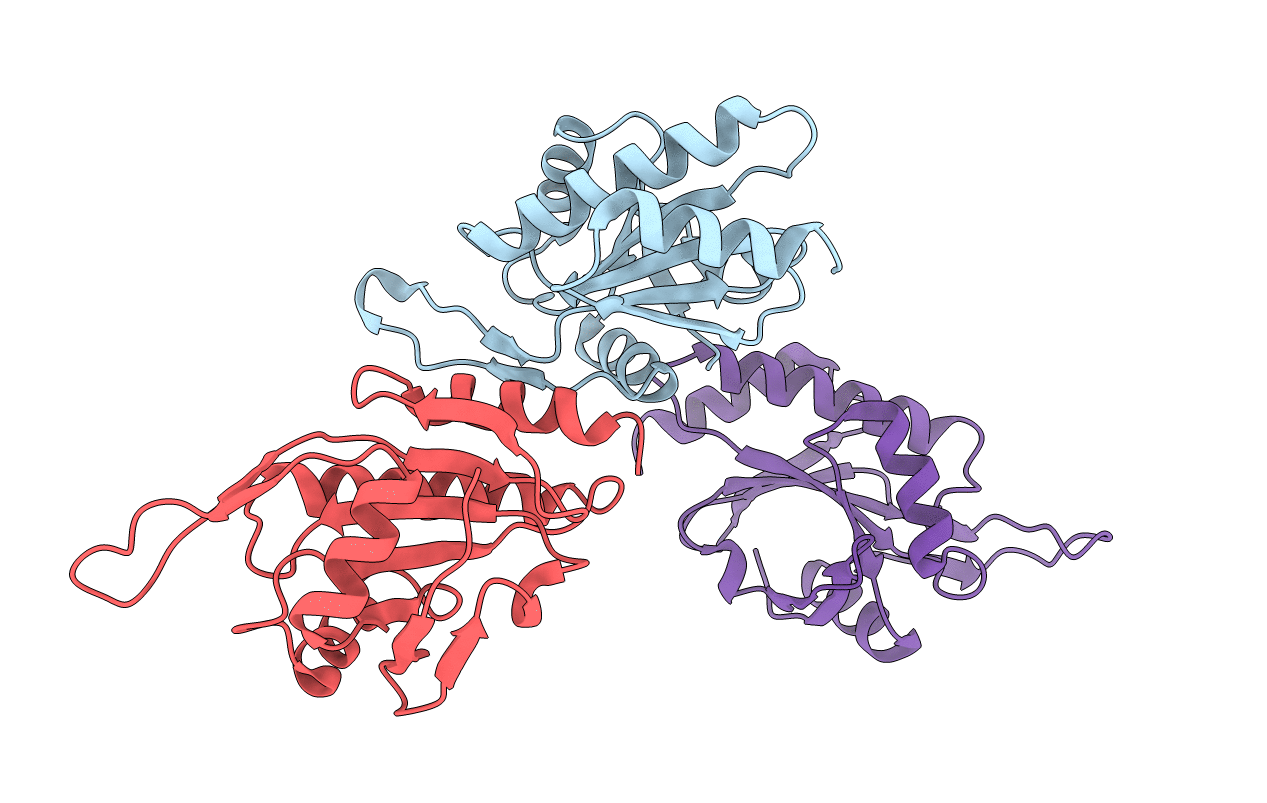
Deposition Date
2004-08-27
Release Date
2005-01-18
Last Version Date
2024-11-06
Method Details:
Experimental Method:
Resolution:
2.80 Å
R-Value Free:
0.23
R-Value Work:
0.20
R-Value Observed:
0.21
Space Group:
P 21 21 21


